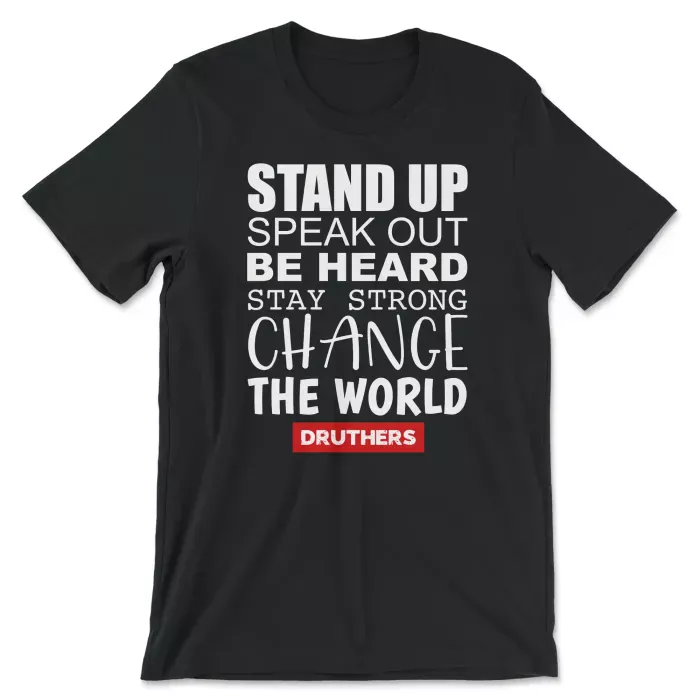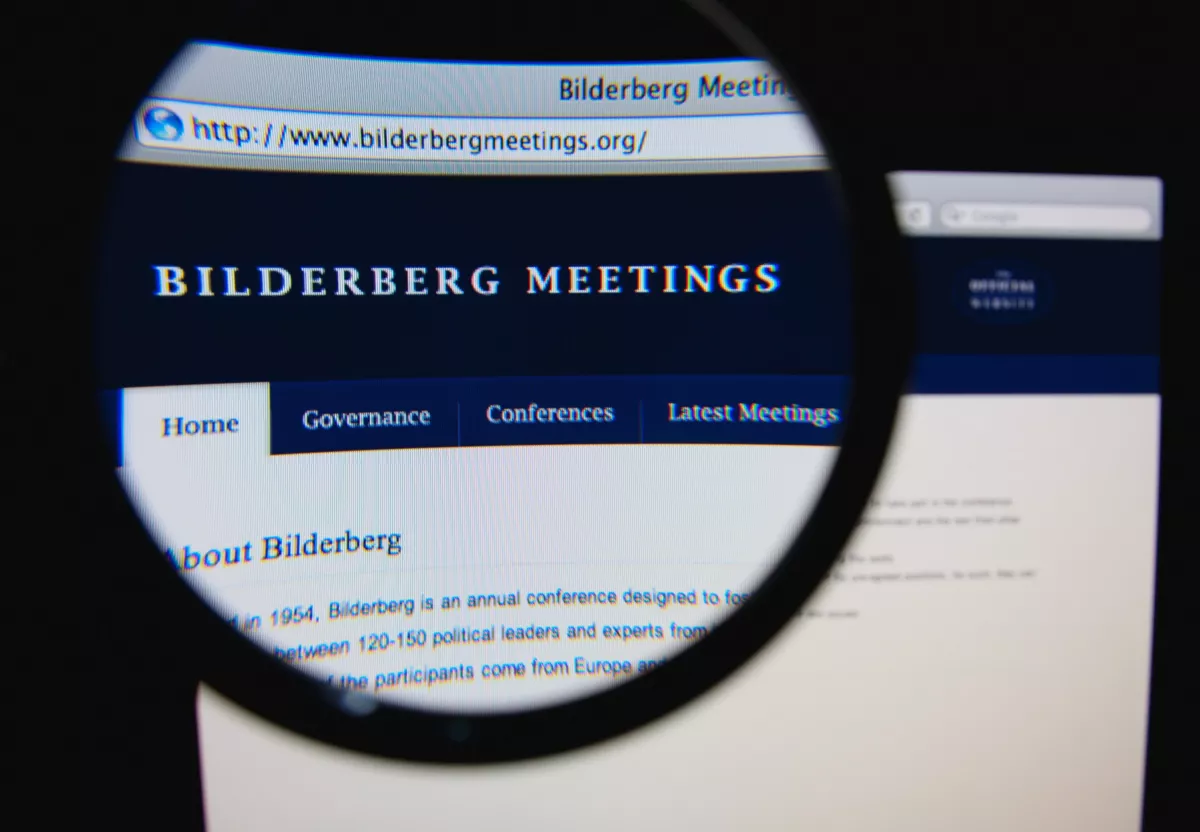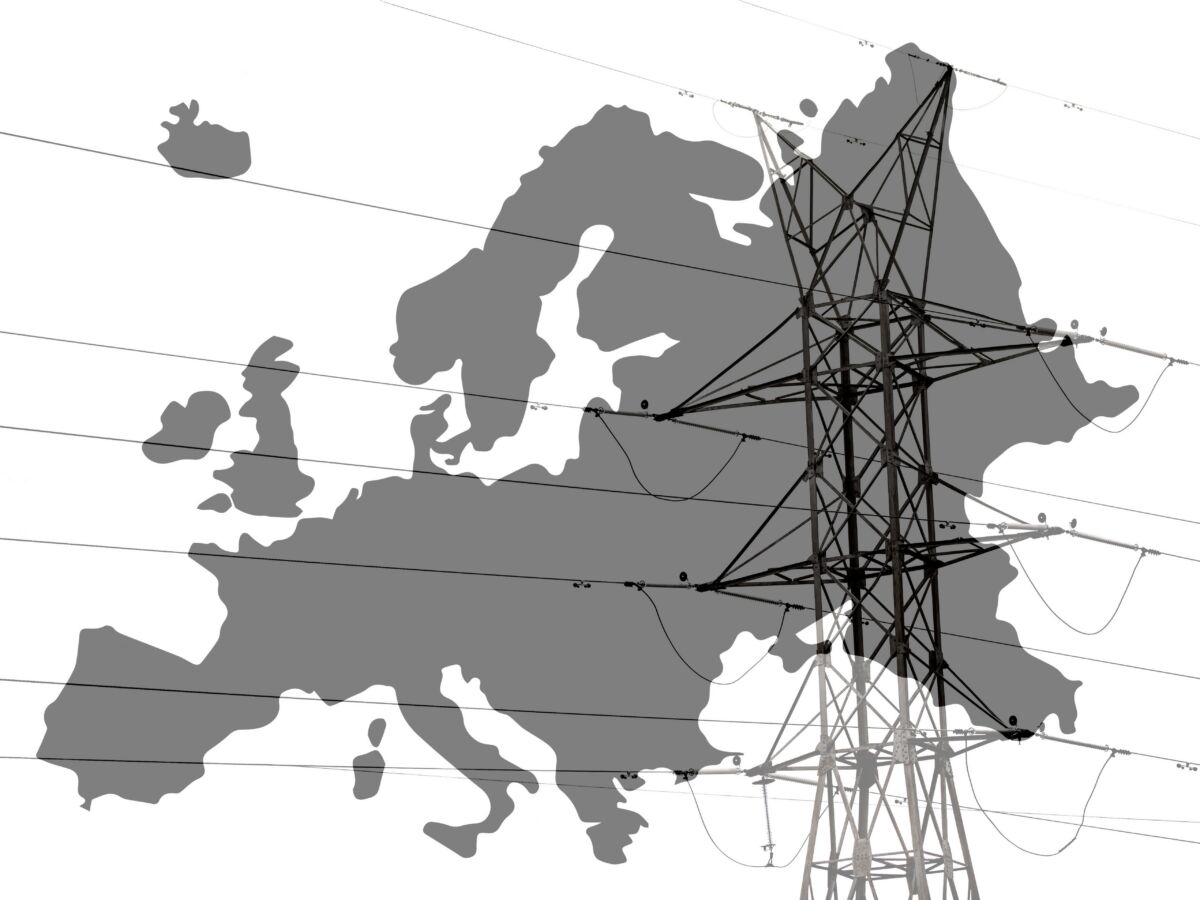
World’s Largest Reef Secretly Recovers and has Record-High Coral Cover
Graph by Peter Ridd, The Australian (www.theaustralian.com.au)
World’s Largest Reef Secretly Recovers and has Record-High Coral Cover
By Joanne Nova
Almost no one is aware that the Great Barrier Reef has had two bumper years of record high coral cover. The excellent results of 2022 were repeated in 2023, showing that the grand recovery of the corals, after years of bleaching, was no fluke result.
The Great Barrier Reef is the largest reef system in the world, stretching 2,300 kilometers, and including about 10% of the world’s corals. But despite mankind producing one trillion tons of carbon emissions the coral is healthier than it has ever been in the last 37 years of detailed surveys.
Back in 1986 when the Australian Institute of Marine Science (AIMS) started doing intensive underwater surveys, atmospheric CO2 levels were only 347ppm, far below the supposedly deadly levels of 420ppm recorded today. Yet despite humans producing more than half of all the emissions we have ever produced, the Great Barrier Reef is in great condition.
Don’t lose touch with uncensored news! Join our mailing list today.
The situation is a remarkable turnaround from 2012, when the long term trends looked dire and coral cover was so poor it was less than half the latest numbers.
Where is the crisis?
It’s been an amazing recovery, showing just how resilient the reef system is, and how irrelevant carbon dioxide emissions are. Despite rising CO2, rising sea levels, and supposedly warmer oceans, the corals are thriving.
Ocean acidification was marketed as the big threat to coral growth. Yet when multiple cyclones smashed the Great Barrier Reef a decade ago, it recovered to higher highs despite the rising CO2.
Where are the environmentalists and the institutions of science?
The secret “record high” levels also reveal so much more. The environmentalists that say they care about the reef don’t seem the slightest bit excited. They haven’t admitted they were wrong, changed tack, or shifted emphasis. There have been no parties to celebrate the power of nature.
The institutions that are paid to monitor marine parks don’t seem to want to report good news. The latest results were not even described as a record high by AIMS but merely as a “pause in recent coral recovery”, almost as if AIMS doesn’t want people to realize how well the reef is looking after itself? Perhaps the government funded institutes need a reef crisis more than the reef needs government funded institutes?
As Peter Ridd points out, this shows a grand failure of our institutions of science:
“The latest statistics on the amount of coral on the Great Barrier Reef, just released by the Australian Institute of Marine Science, should end 60 years of flawed predictions of its imminent demise.
Last year’s record-breaking result was also embarrassing to the GBR science institutions. They had proclaimed that the reef had just been devastated by four unprecedented hot water bleaching events in 2016, 2017, 2020 and 2022 – but then it had more coral than ever.
The truth is we have been scammed for decades, and the perpetrators have been caught out. Once-trusted science institutions have become untrustworthy. It is time they are subjected to serious scrutiny. Have they become ideological? Are they inclined to groupthink? Are they motivated by the funding imperative, which relies on the reef being perpetually doomed? How do they handle dissenters – are they ostracised or welcomed? What are their quality assurance systems that clearly failed? How did they get this so wrong for 60 years?”
— Peter Ridd, The Australian
AIMS used to announce the combined average coral cover of the whole reef until 2017, but now they split the reef into three subsections and report each number separately. Indeed, if it wasn’t for Peter Ridd no one would know that the results combined for the entire reef were phenomenally good. This is despite AIMS receiving $160 million dollars (AUD) to report exactly this kind of information to the taxpayers of Australia.
If the Great Barrier Reef were at record lows, would AIMS and the media be so reluctant to tell the world?
Virtually no media outlets, apart from The Australian, have mentioned the extraordinary new results. It’s no wonder almost no one knows the true state of the Great Barrier Reef.
The Australian Environment Foundation found that a month after last year’s results were announced barely 3% of Australians knew the reef was at record high coral cover. Half of the country thought the coral cover was so bad, it was “below average” or at a “record low”. Ten years after the reef hit rock bottom, 1 in 2 Australians have no idea of the true state of the reef.
The numbers of people in the rest of the world would be even lower.
Joanne Nova has written over 5,000 articles at JoanneNova.com.au during the last fifteen years and published nearly one million comments. The site won Best Lifetime Achievement and Best Topical Blog in the global bloggie awards.
Originally published at clintel.org













